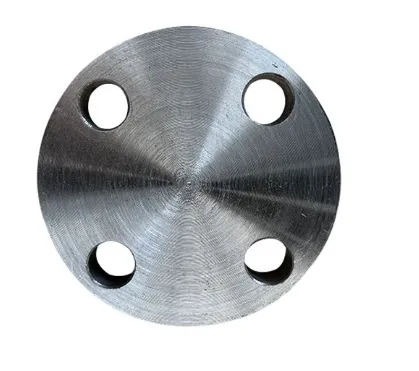-
Cangzhou Yulong Steel Co., Ltd.
-
Phone:
+86 13303177267 -
Email:
admin@ylsteelfittings.com

Nov . 20, 2024 00:59 Back to list
weldable steel pipe fittings
Understanding Weldable Steel Pipe Fittings
Weldable steel pipe fittings are crucial components in various industrial applications, particularly in piping systems. These fittings allow for smooth transitions, changes in direction, and connections between different pipes, ensuring the integrity and efficiency of the entire system.
One of the primary advantages of weldable steel pipe fittings is their ability to provide robust and leak-proof joints
. When pipes are joined together using welding techniques, the connection becomes an integral part of the piping system, as opposed to mechanical fittings that can loosen over time. This capability is particularly vital in sectors like oil and gas, water treatment, and chemical processing, where the reliability and safety of piping systems are paramount.The manufacturing of steel pipe fittings involves various materials and specifications, with carbon steel being the most commonly used due to its strength and durability. These fittings are available in different shapes, including elbows, tees, reducers, and flanges, each designed to perform specific functions within the piping system. They come in various sizes and pressure ratings, allowing them to accommodate a wide range of applications.
When selecting weldable steel pipe fittings, it's essential to consider factors such as the operating environment, temperature, and pressure. For instance, high-corrosion environments may require stainless steel or special alloys to ensure longevity and performance. The American Society for Testing and Materials (ASTM) provides standards that help manufacturers produce fittings that meet the required specifications for various applications.
weldable steel pipe fittings

Welding processes for these fittings can vary depending on the materials and the context in which they are being used. Common techniques include shielded metal arc welding (SMAW), gas tungsten arc welding (GTAW), and gas metal arc welding (GMAW). Each method has its advantages and is selected based on factors such as the available equipment, operator skill level, and specific application requirements.
Moreover, proper welding technique is vital for ensuring the integrity of the joints formed by these fittings. This includes considerations like the cleanliness of the surfaces being welded, the correct welding parameters, and thorough inspection afterward. Non-destructive testing methods, such as ultrasonic or radiographic testing, are often employed to verify the quality of the welded joints, especially in critical applications.
Another significant aspect of weldable steel pipe fittings is their adaptability to various systems. They can be used in high-pressure applications, extreme temperatures, and demanding environments. This versatility makes them an excellent choice for industries ranging from construction and infrastructure to manufacturing and shipbuilding.
In conclusion, weldable steel pipe fittings play a pivotal role in ensuring the efficiency and safety of various piping systems. Their durability, strength, and ability to form integrative connections make them indispensable in modern industrial applications. By understanding their characteristics, manufacturing standards, and proper welding techniques, engineers and technicians can guarantee optimal performance in their piping networks. As industries continue to evolve, the innovation and improvements in steel pipe fittings will undoubtedly enhance their functionality and application, paving the way for more resilient infrastructure.
Latest news
-
ANSI 150P SS304 SO FLANGE
NewsFeb.14,2025
-
ASTM A333GR6 STEEL PIPE
NewsJan.20,2025
-
ANSI B16.5 WELDING NECK FLANGE
NewsJan.15,2026
-
ANSI B16.5 SLIP-ON FLANGE
NewsApr.19,2024
-
DIN86044 PLATE FLANGE
NewsApr.19,2024
-
DIN2527 BLIND FLANGE
NewsApr.12,2024
-
JIS B2311 Butt-Welding Fittings LR/SR 45°/90° /180°Seamless/Weld
NewsApr.23,2024
-
DIN2605-2617 Butt-Welding Fittings LR/SR 45°/90°/180° Seamless/Weld
NewsApr.23,2024











